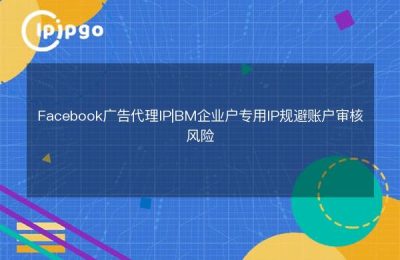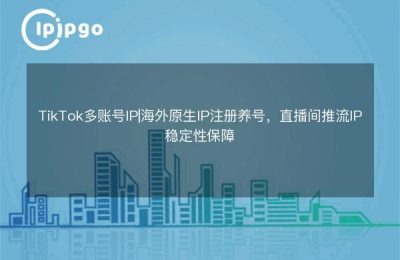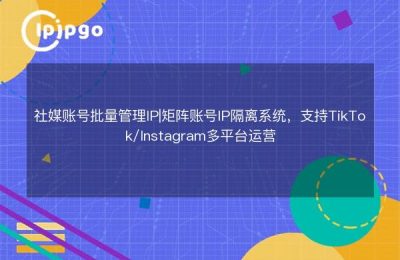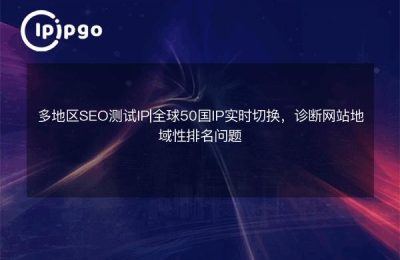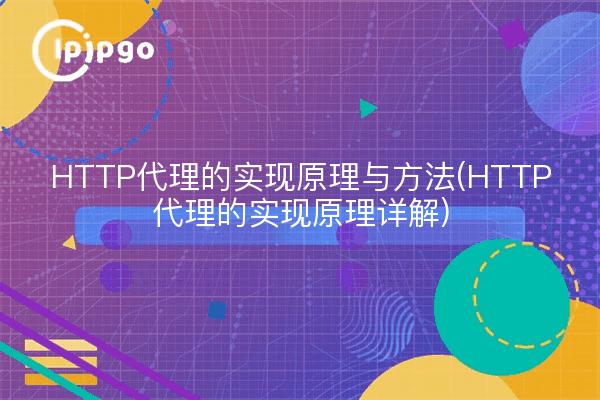
HTTP proxy implementation principles and methods
HTTP proxy is a common application in computer networks, which can proxy a variety of application layer protocols. With an HTTP proxy server, a client can send an HTTP request to a proxy server and have the proxy server send the request to the target server instead of the client, and then return the response from the target server to the client. So how is HTTP proxy realized? Next we will explain in detail the principles and methods of HTTP proxy implementation.
First of all, the principle of HTTP proxy implementation is based on the client-server model, where the client sends a request to the proxy server, which in turn sends a request to the target server. A proxy server can be a forward proxy or a reverse proxy. Forward proxy means that the proxy server is located between the client and the target server, while reverse proxy is located between the target server and the client. Different types of proxy servers have different usage scenarios and implementations.
When implementing HTTP proxies, the most important thing is the need to handle HTTP requests and responses. For example, in forward proxy, the client first needs to connect to the proxy server and then send HTTP request to the proxy server. And the proxy server needs to parse the client's HTTP request, extract the target server address and request content from it, and then send the HTTP request to the target server. When the target server returns a response, the proxy server then returns the response to the client. The workflow of the reverse proxy is similar, only the roles are swapped.
HTTP proxy implementation principle in detail
In practice, the realization of HTTP proxy involves some specific technical details. For example, communication between a proxy server and a client can be implemented using socket sockets, and the proxy function is accomplished through operations such as establishing a connection and transferring data. In addition, the proxy server also needs to parse the HTTP request and response message formats in order to process the data correctly.
In addition, the proxy server can also realize caching, content filtering, logging and other functions. Through caching, the proxy server can cache the response data of previous requests to improve the response speed of subsequent identical requests; through content filtering, the proxy server can filter HTTP requests and responses to achieve access control and security protection; through logging, the proxy server can record the user's access logs, error logs, etc., for monitoring and troubleshooting problems.
In general, the principles and methods of HTTP proxy implementation are multifaceted, involving knowledge of network communications, protocol parsing, functionality extensions and other aspects. Only in-depth understanding of this knowledge, to be able to realize an efficient and reliable HTTP proxy server. I hope this article will help you understand the HTTP proxy.

